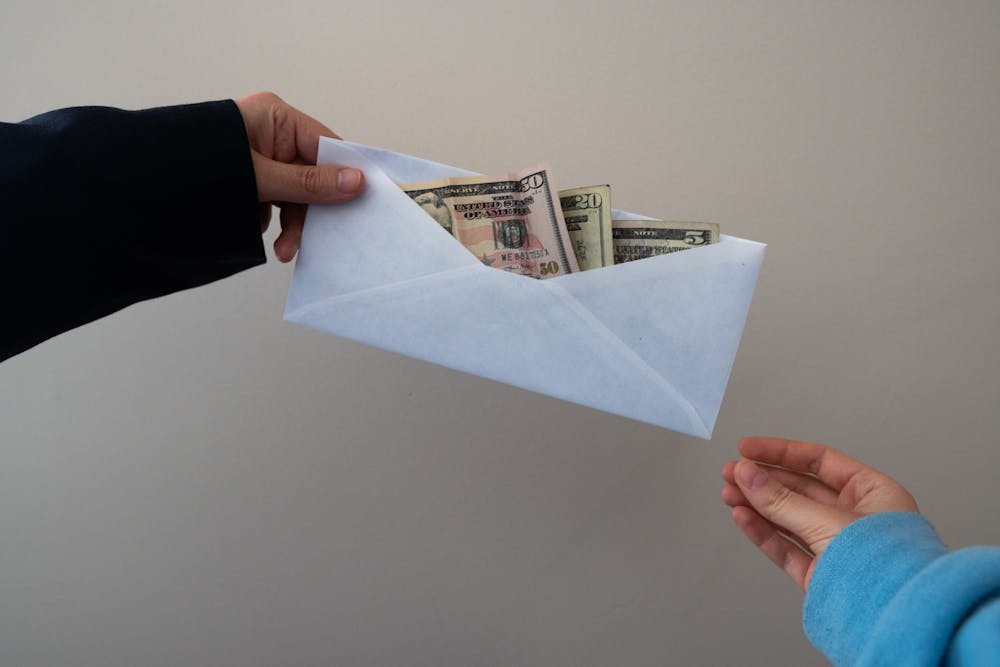As the average cost of tuition grows by 6.8 percent per year, attending college has become an increasingly expensive proposition. Given an increase in administrative fees, new non-academic buildings and losses of federal and state funding for higher education, this rise in cost is expected to continue.
So how are students supposed to pay for their education, and what risks are associated with this rapidly-expanding market?
For many students, the answer to that question lies in some form of student loans. However, the amount of loans currently outstanding is daunting — as of January, outstanding student debt was at $1.56 trillion. That’s $20 billion larger than the outstanding auto loans, $1 trillion larger than the level of outstanding credit card debt and equivalent to 7.94 percent of U.S. gross domestic product.
What form do these loans take? Unlike with most debt products, the majority of student loans are created and held by federal banks. Of that $1.56 trillion-dollar market, 84 percent is composed of federal student loans. The remaining 16 percent comes from a mix of private banks and loan agencies.
When deciding how to select a student loan, the biggest consideration should be given to the interest rate. Many private loans have variable rates, meaning the interest you pay differs depending on an economic indicator of the loan creator’s choosing (usually the London Interbank Offered Rate or Secured Overnight Financing Rate). These indicators are used to determine most of the loan rates around the world, and they usually increase with fears around inflation.
Now, this can be highly beneficial if you want to have low-interest rates, as rates can drop extremely low in certain economic conditions and lead to a cheaper loan payment. However, the rate can also swing upward, and your loan payment can end up being much higher than expected. Currently, possible interest rates on variable rate private loans range from 1.2 percent to 12.99 percent.
With federal loans, a fixed interest rate is used. This fixed rate is set by Congress and does not change over the lifetime of the loan. This fixed rate is set by taking the yield on a 10-year Treasury note and adding a management fee, with the fee being lower for undergraduate borrowers and higher for graduate students and parents.
Currently, the undergraduate rate is set to 2.75 percent, graduate to 4.3 percent and parents to 5.3 percent. In suit with the private loans, the 10-year Treasury note yield also increases with inflationary fear.
Inflation also affects the real rates of the loans. The real rate is the inflation-adjusted rate for your loan. For example, if you had a loan with an interest rate of 3 percent and inflation is 2 percent over the time of repayment, then the real rate of your loan is 1 percent. This may benefit borrowers with fixed rates, as inflation can slowly eat away at interest paid. Variable rates, however, adjust with inflation, leading to no real rate benefit.



